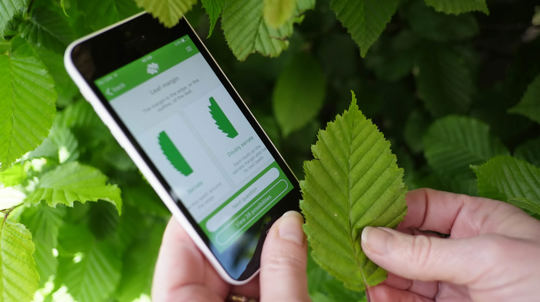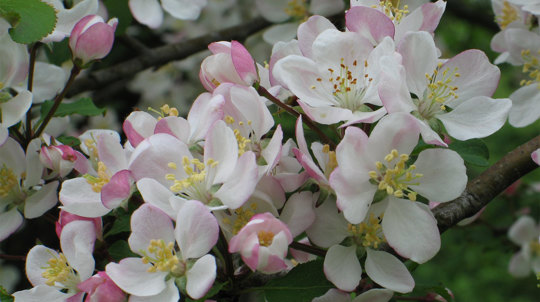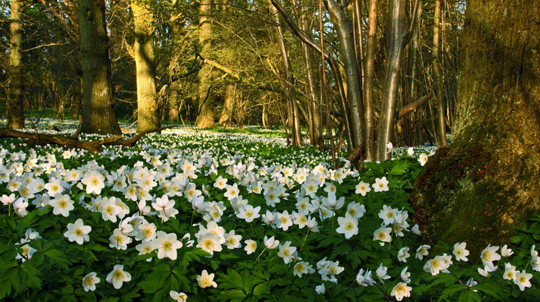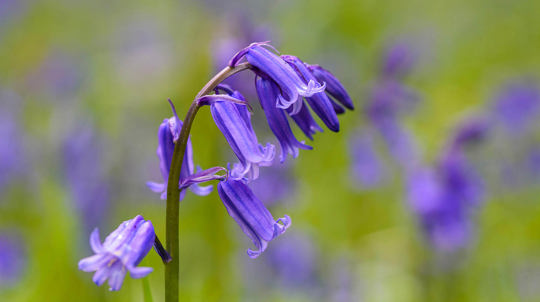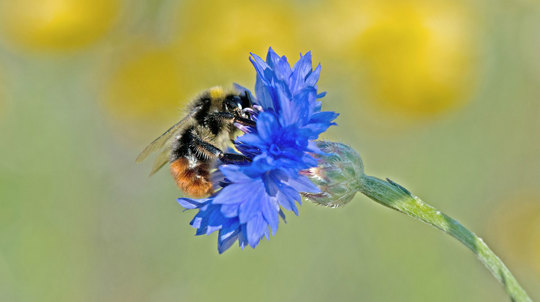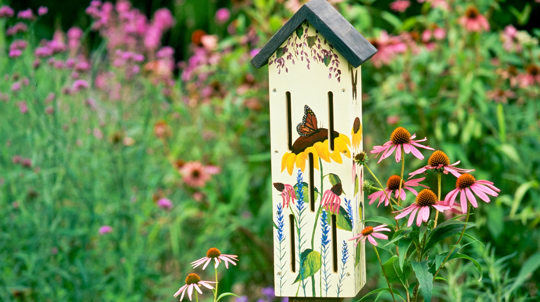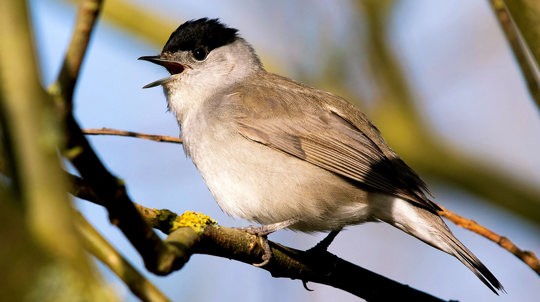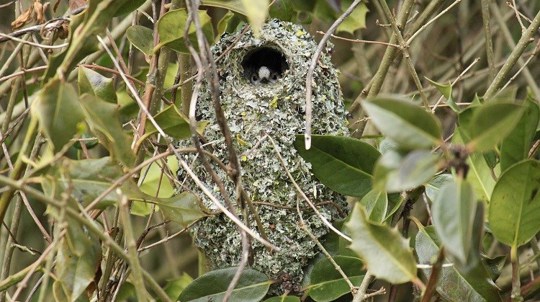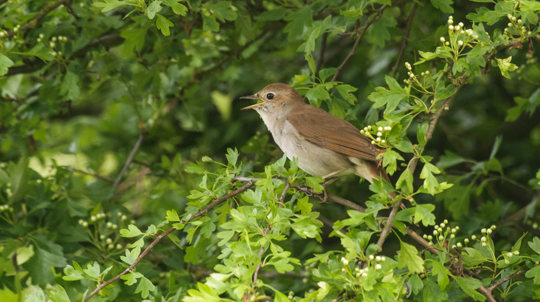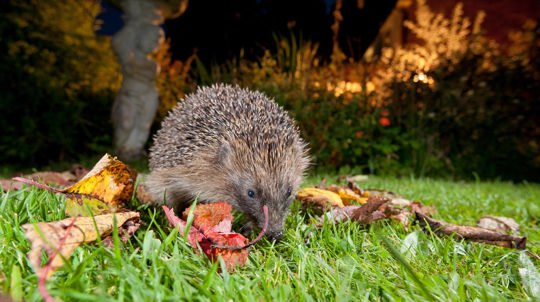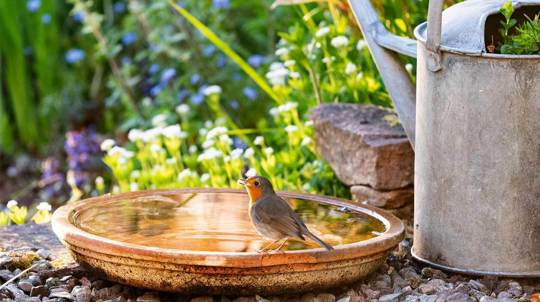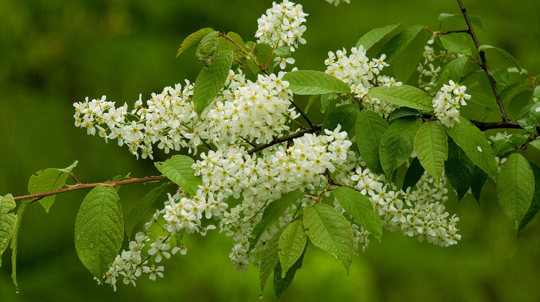The cherry blossom synonymous with spring is not among the early bloomers - its flowers appear in April.
First signs of spring in nature

Content manager
Spring is a glorious time in nature. After the cold and dark of winter, signs of new life begin to emerge. The sights, sounds and smells bring us hope and cheer as more light and warmth encourages unfurling leaves, colourful blooms and thriving wildlife. But when does spring really start, and what are the key signs to look for?
When does spring start?
Technically, spring has two start dates:
- Astronomical: normally on 20 March or one day either side, the equinox - when daylight and dark hours become equal - marks the first day of spring (or autumn later in the year). The word equinox comes from the Latin aequus (equal) and nox (night). In 2021 the spring equinox is on 20 March.
- Meteorological: weather scientists split the year into quarters based on annual temperature cycles for statistical purposes. By this method, spring starts on 1 March and lasts until 31 May.
These specific dates won’t necessarily bring the feeling of spring, gracing us with warmer days and bright flowers. In 2018 for example, March was much more winter-like as the Beast from the East blasted the UK with ice and snow, delaying many of the spring events we look forward to. But many signs of spring in the natural world do appear in and around March. Here are some of the changes to look out for.
Tree leaves and flowers unfurling
The first leaves and flowers of native trees are one of the surest signs of the changing seasons. As winter turns to spring, the bare, frost-covered branches begin to develop new buds and shoots. In March, watch for:
- ash, beech, oak and rowan buds bursting
- first leaves emerging from alder, field maple and silver birch
- frothy delicate blossoms of blackthorn and crab apple.
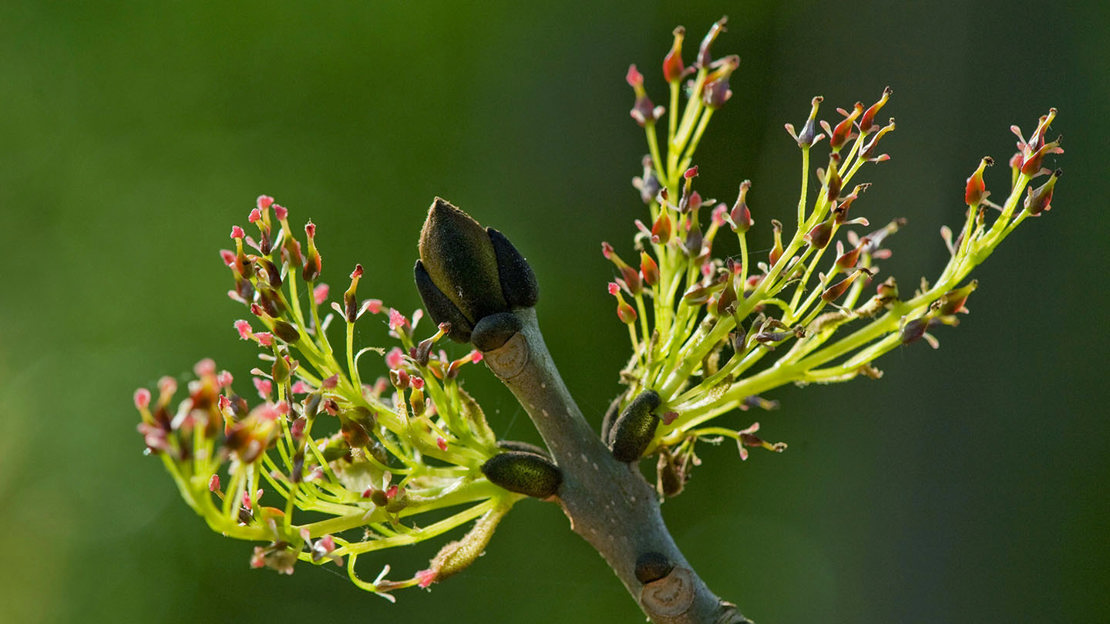
First flowers blooming
Sunny days awaken the first flowers of spring in gardens and green spaces, bringing vibrant yellows, pinks, purples and blues amid vivid green and white. Unmistakable snowdrops and crocuses give way to colt's foot in mid February, followed by wood anemone in early March. Cuckoo flower and bluebell begin to bloom later that month, adding to the riot of seasonal colour.
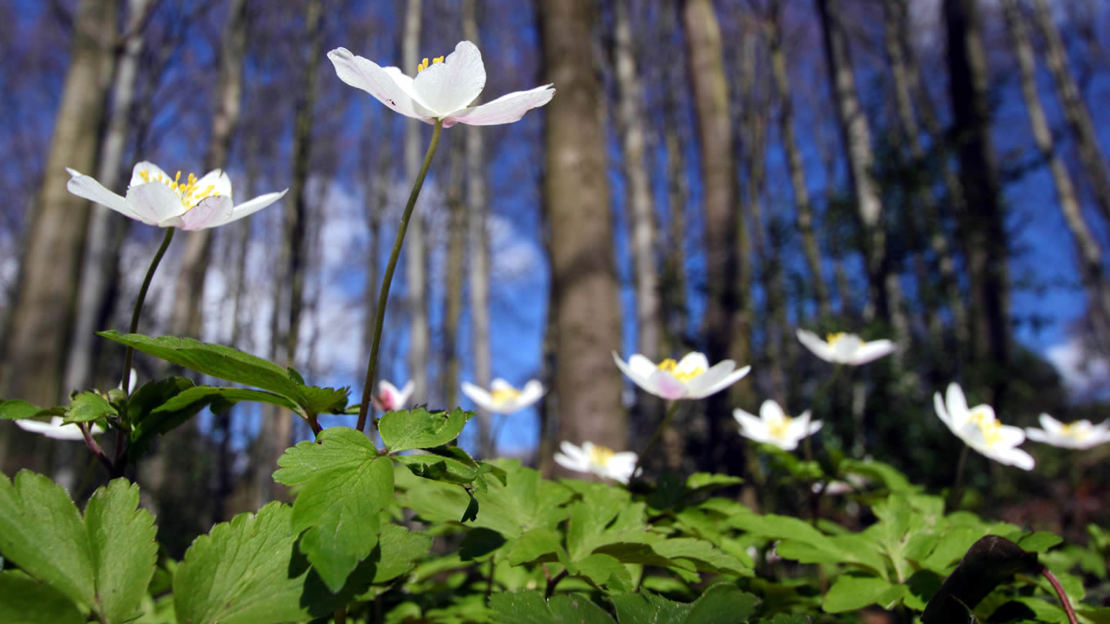
Insects awakening
As the volume and variety of flowers grows, so too does the pollinator population that feeds on them. Influenced by the warming temperatures, the first queen bumblebees begin to emerge from their hibernation around March.
See if you can spot peacock and small tortoiseshell butterflies from late February, followed in March by brimstone, small white, comma and red admiral.
You’ll notice many other creepy crawlies as the weather warms up too, including beetles, spiders and ladybirds.
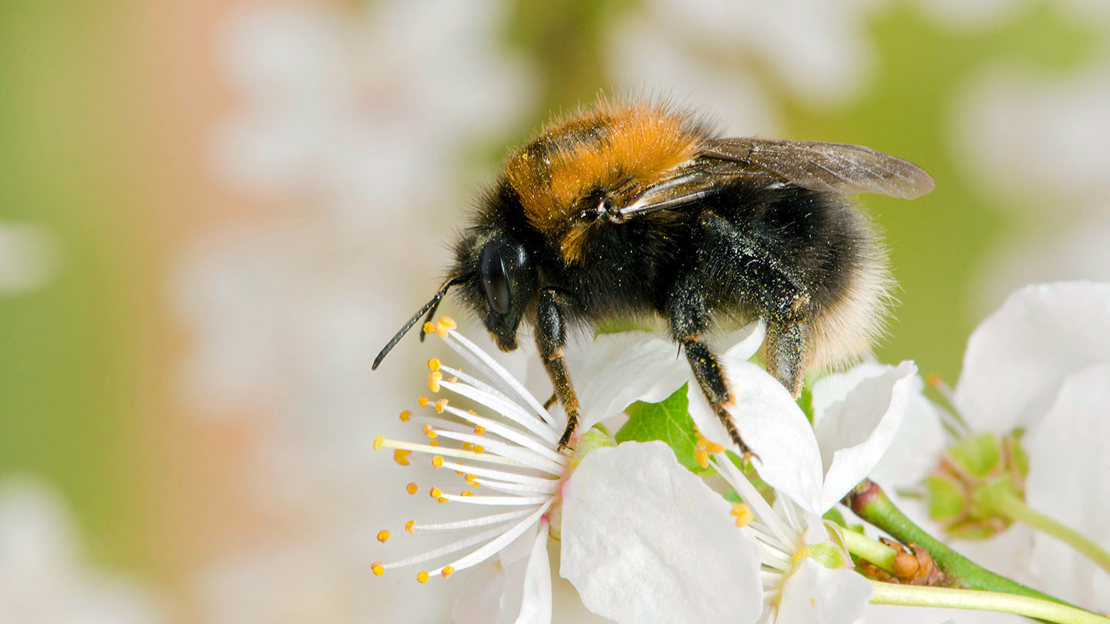
Birdsong filling the air is the soundtrack to spring and the dawn chorus is one of the earliest signs of the season. Discover the dawn chorus.
Birds arriving and nesting
What birds are the first sign of spring? Keep your eyes peeled to spot migratory birds as they return to the UK after winters in warmer climes. Look out for these early arrivals in March:
Our year-round residents can also be spotted preparing to breed as the seasons change. Blackbirds and blue tits start to build their nests from late February, and great tits from early March.
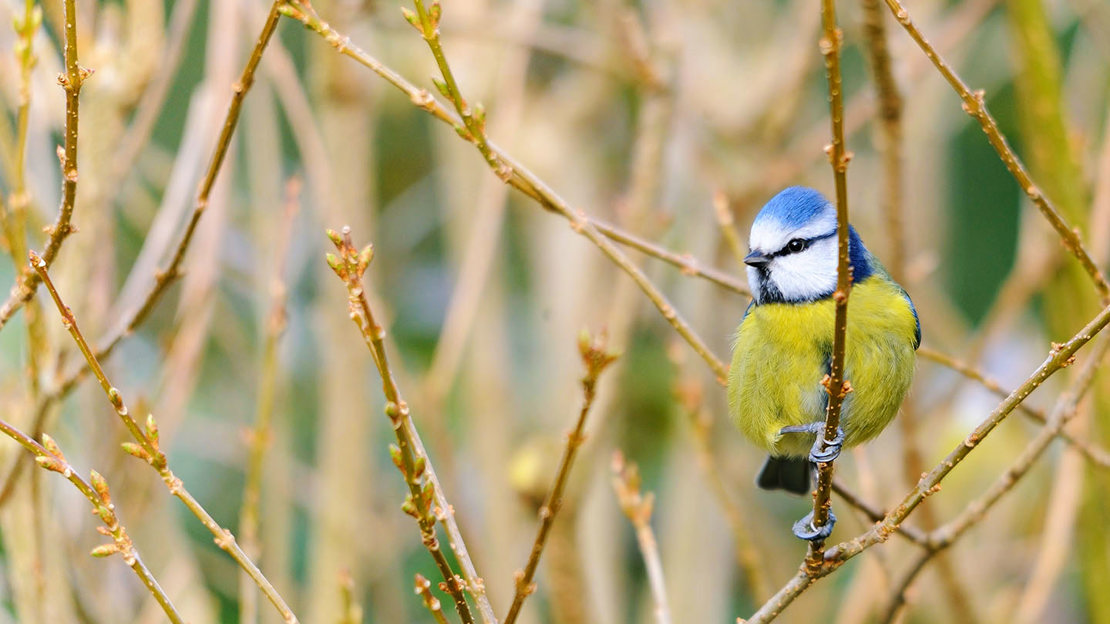
Top spots to see the first signs of spring
The beauty of these natural events is that they happen all around us - there’s no need to travel any great distance. Keep a close eye and ear on:
- your garden, balcony or window box
- street trees
- green spaces like parks and nature reserves
- local woods.
Want to increase your chances of seeing spring signs at home? Make your garden a haven for wildlife with our handy tips and guides.
Ways to attract wildlife to your garden
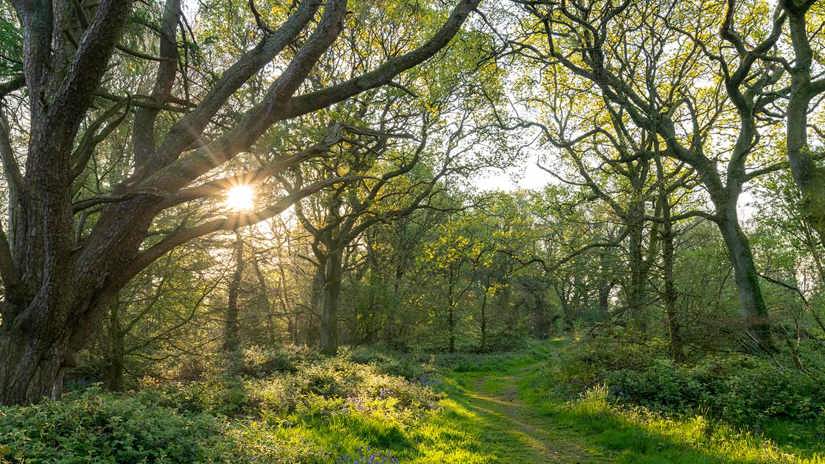
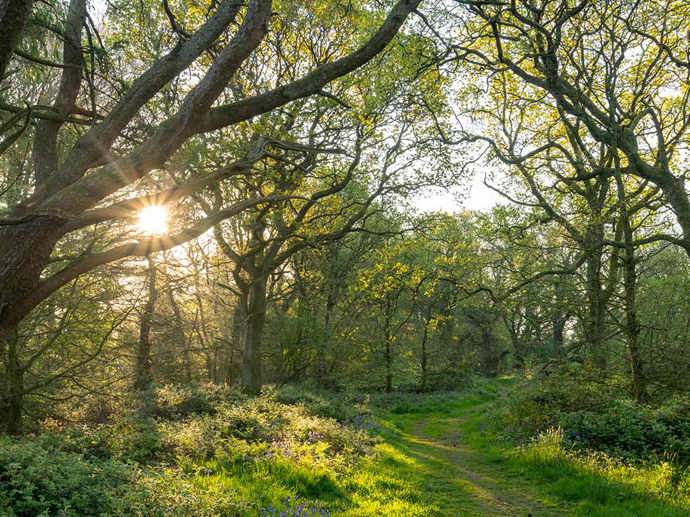
Go exploring
Primordial landscapes, tangled branches, breathtaking wildlife and miles of woodland trails. From the countryside to cities, we care for thousands of woods throughout the UK, all free to visit.


